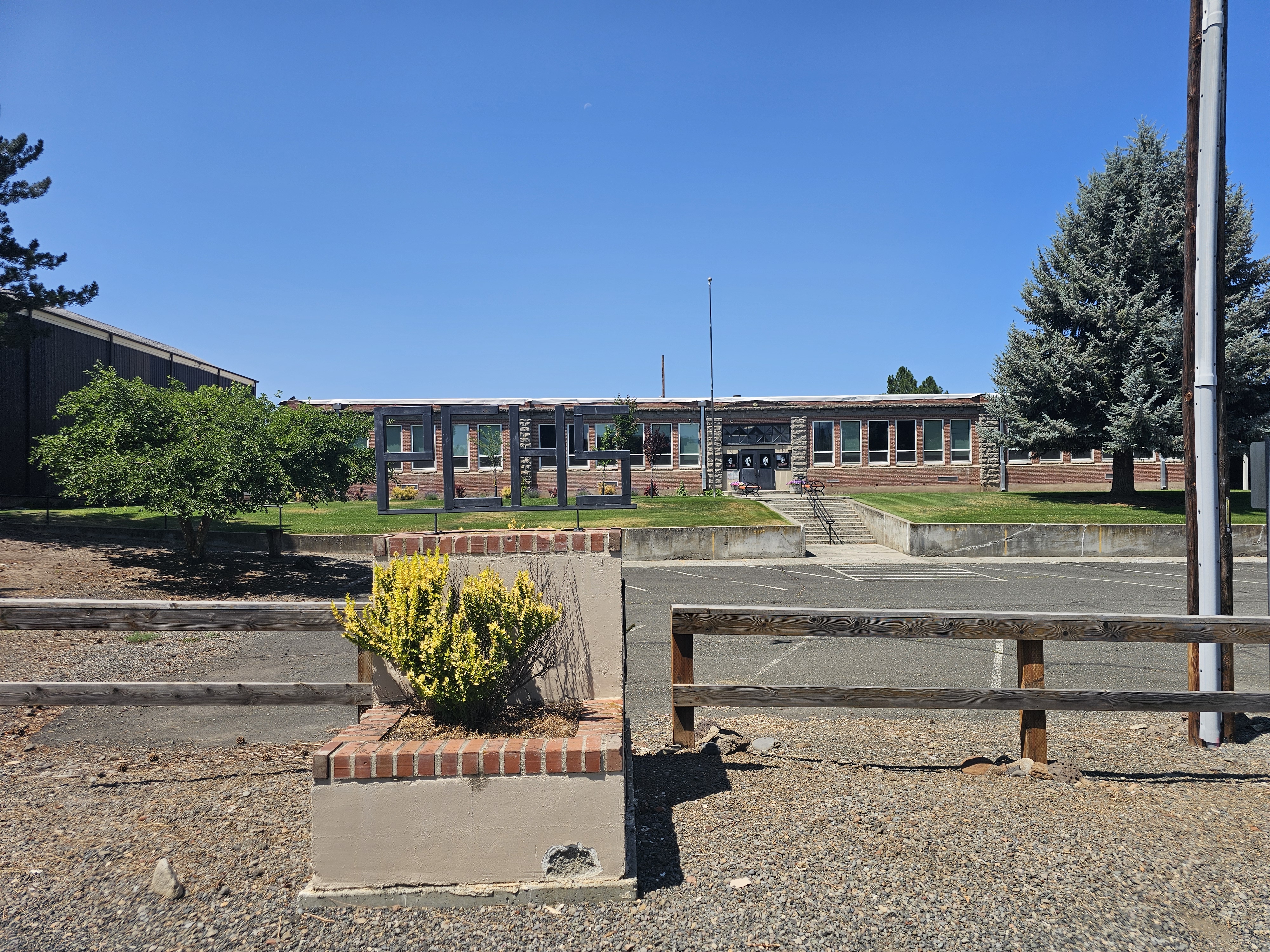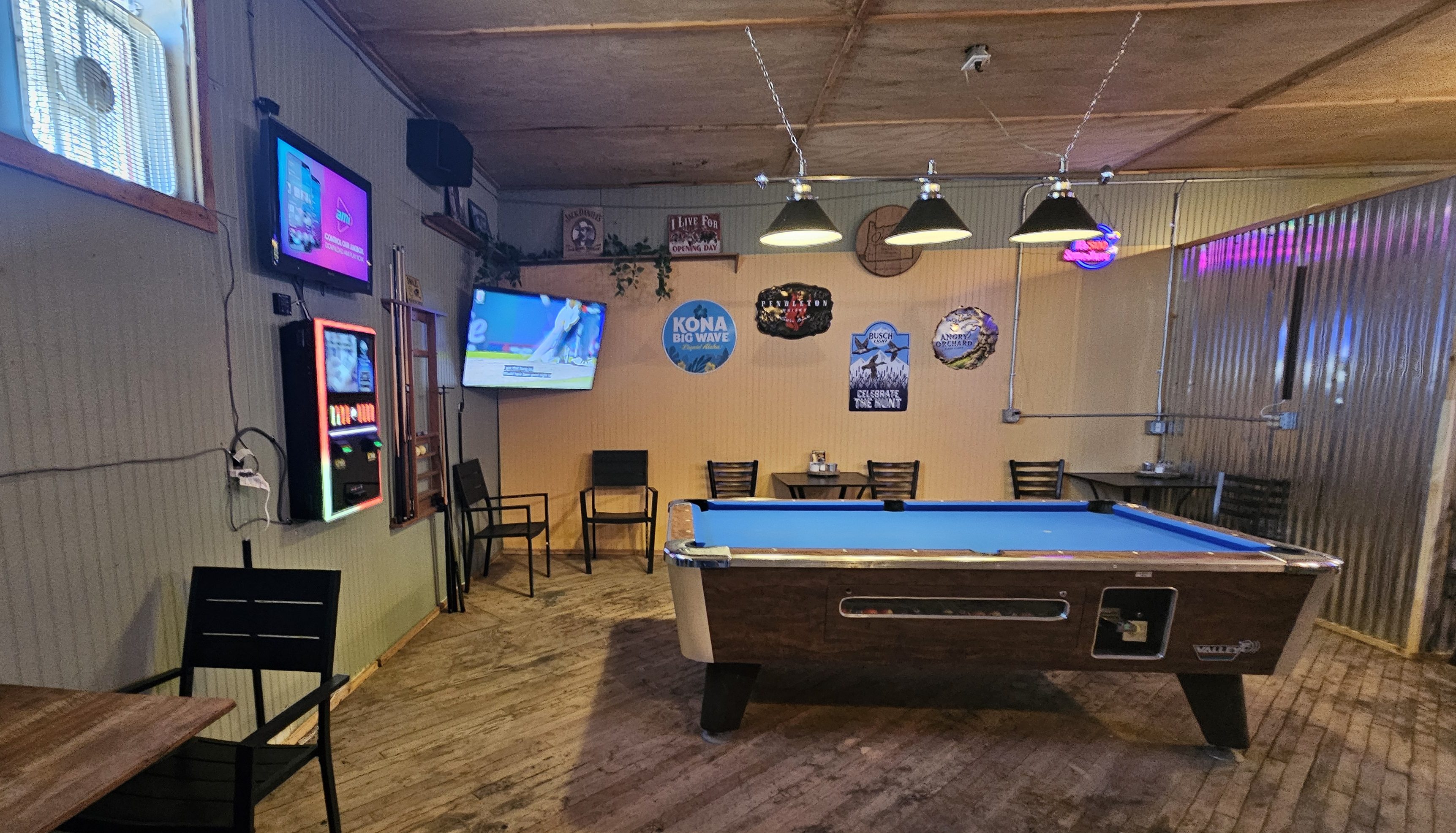Land board gives group time to craft compromise for access
Published 4:00 pm Tuesday, February 18, 2003
SALEM – The State Land Board decided Feb. 11 to postpone a study of navigability for the John Day River in favor of allowing a compromise plan to germinate.
Trending
The State Land Board allowed a 120-day delay while parties to a conflict over land ownership and public access on the John Day develop a legislative proposal. Navigability is a federal standard that allows government to claim ownership of beds and banks of rivers in Oregon where commerce historically occurred.
“Unless we get some progress by February, we’re going to proceed with a navigability study,” state treasurer and land board member Randall Edwards warned citizens in Monument on Jan. 24 during a public meeting there.
Progress has been made, according to the Oregon Division of State Lands. A work group headed by Edwards has not reached consensus but has developed a draft proposal. Encouraged by this work, the land board granted another postponement.
Trending
Highlights of the work group’s proposal as announced in Monument include:
Property owners would retain title to the beds and banks, but the bed and banks would not be subject to property tax. Under a navigability declaration, the beds and banks up to the ordinary high water mark would become state property.
Restricted public access would be allowed within 10 feet of the water line or to the ordinary high water line, whichever is lower.
Restricted public activities would be allowed, but no fires or camping would be permitted.
The Oregon Legislature would devise a dedicated revenue source for enforcement and management of public access (the specific revenue source was not identified).
The Legislature would impose a moratorium on navigability studies during the four-year pilot project, unless the state deemed a “sufficient and present economic interest for the Common School Fund.”
Legislation would “contain an expression that it shall not infringe upon rights of upland property owners to engage in regular and existing activities upon the land.”
“Property owners may be reimbursed for damage to real and personal property caused by the public.”
During the Feb. 11 land board meeting, Gov. Ted Kulongoski, a land board member, asked that the pilot program, when crafted into legislation, would only apply to the John Day River. His reasoning, according to Monte Turner, staff member with the DSL, stemmed from the fact that landowners along the John Day River have participated actively in the discussion about use of riverbanks. Landowners on four other rivers on the land board’s navigability study list did not show the same kind of widespread interest, Kulongoski said.
This proposal to limit the pilot project to the John Day will be taken under consideration by the work group. Meanwhile, the state has withdrawn itself temporarily from studying the historic use of the John Day River for commerce. The land board agreed to a similar postponement last October.
The state is under a court order to decide whether a study is warranted on the John Day. In June 2002, Marion County Circuit Court Judge Paul Lipscomb ruled that the state must make a timely decision on a study request for navigability on the lower John Day River. The section under dispute is from river mile 10 at Tumwater Falls to river mile 184 at Kimberly.
While the concept of navigabilty dates back to statehood, in 1995, the Oregon Legislature codified through legislation its process for declaring rivers navigable. In 1999, after a legislatively imposed two-year delay to allow review, the Oregon Division of State Lands took up requests seeking findings of navigability for the Sandy River and the lower John Day River. The Sandy River ultimately was deemed navigable. Frustrated with delays, the Association of Northwest Steelheaders brought suit against the state to declare the John Day River navigable.
Landowners along the Sandy River appealed to the land board this month, seeking a reversal to the navigability determination on their river; they wanted to join the work group’s compromise effort, Turner said. However, the state lacks a mechanism to reverse its navigability finding based on legal review, so their request could not be granted, Turner said.









